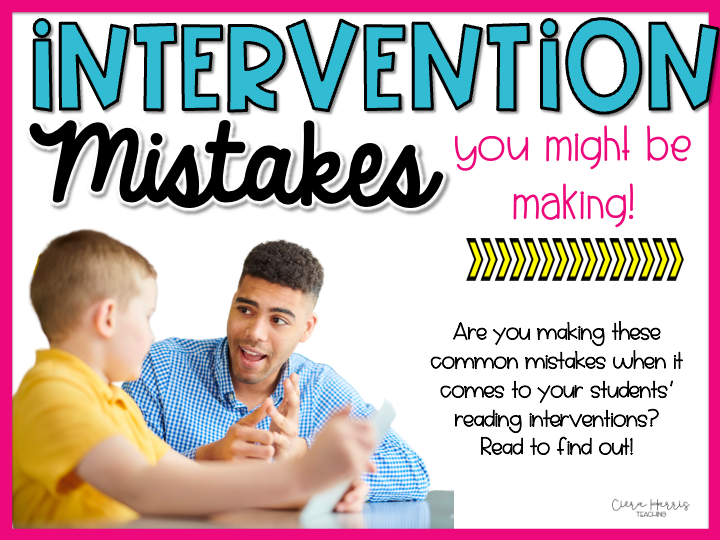
Reading Intervention Mistakes You Might Be Making
Embarking on the journey of implementing reading intervention in elementary education is akin to setting sail on uncharted waters. The goal is crystal clear: to

Embarking on the journey of implementing reading intervention in elementary education is akin to setting sail on uncharted waters. The goal is crystal clear: to

Are you always trying to find ways to build comprehension in students? I’m sure you are! Teachers have an enormous goal of helping students learn
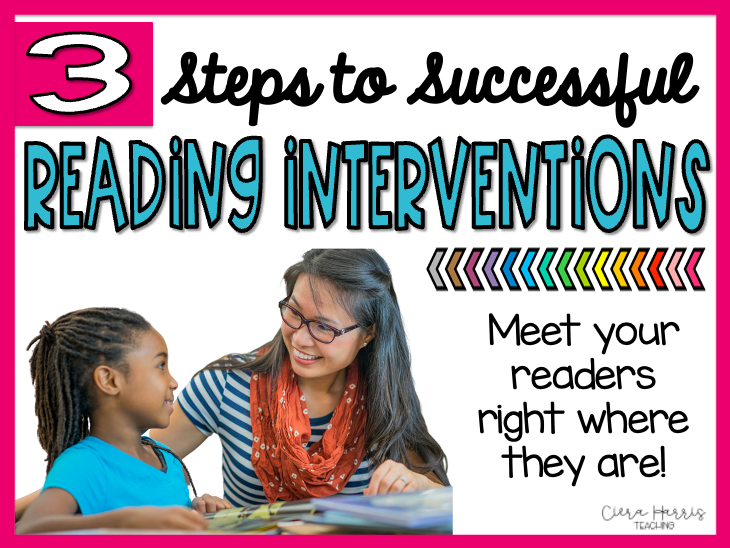
Do you have students who are significantly behind in their reading skills? I’m sure you do. It seems like every classroom has multiple students who
Are you always looking for ways to make your lessons more engaging and interactive for students? I know I am! It is crucial for students
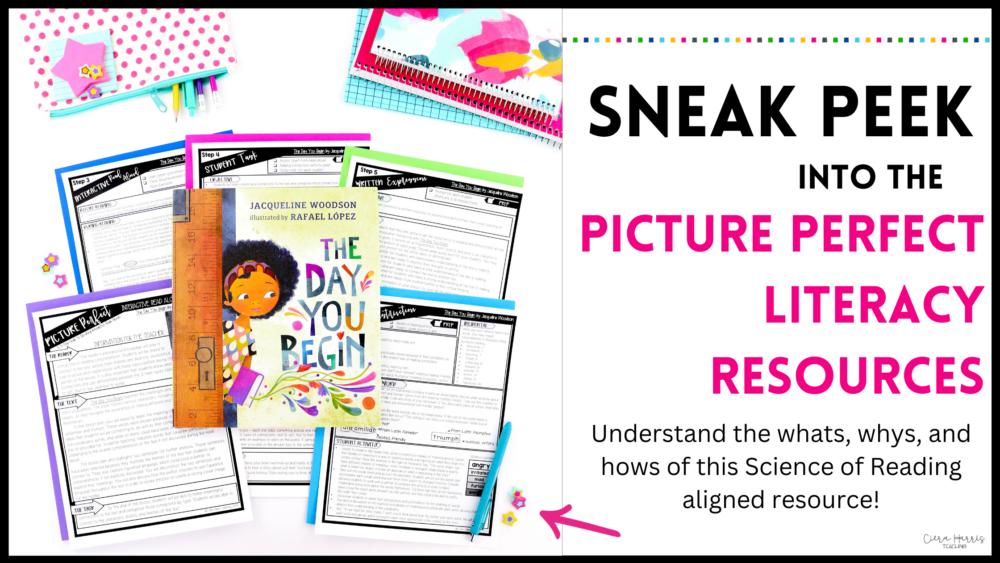
Do you feel like new terms, trends, and programs are constantly being introduced to teachers? I know I do! Companies and organizations are always creating
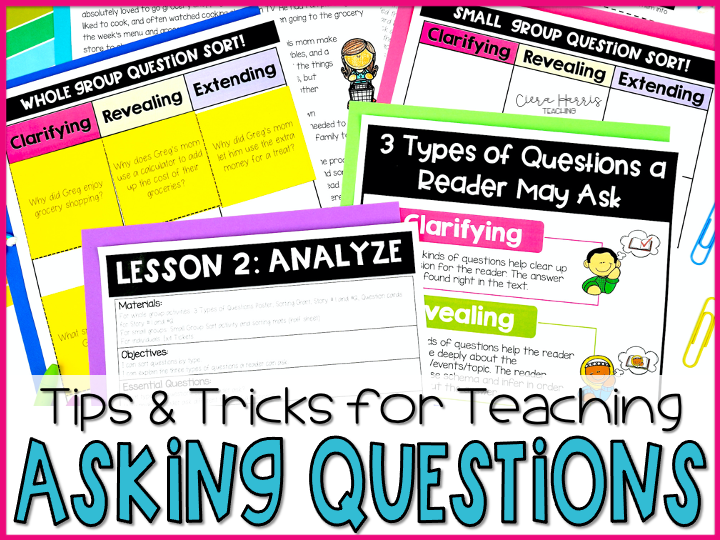
Do you ever wish students participated more in class? I’m sure you do! Participation is a fantastic way to ensure students know the material. However,
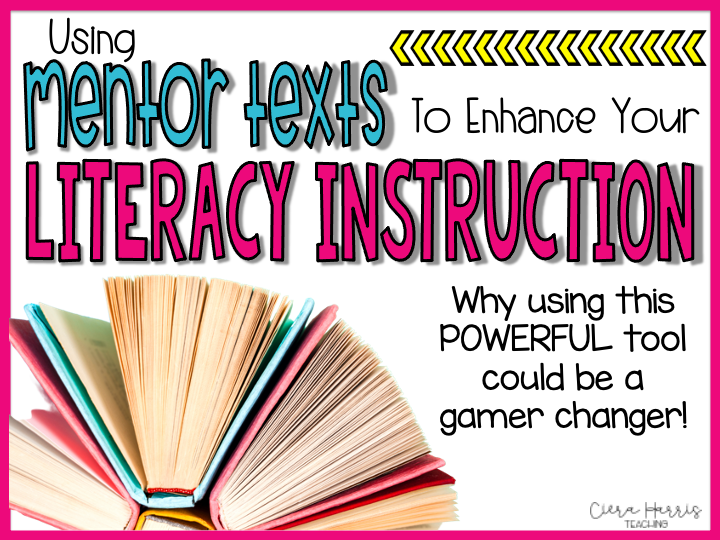
Educators, do you ever feel overwhelmed by the transformative changes in elementary education? I completely understand this feeling! There are so many different waters to
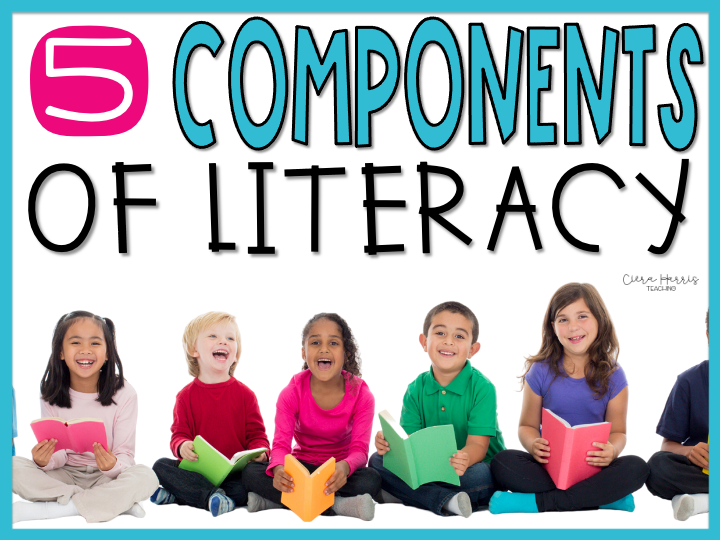
Teachers have so much to do that they often forget some of the cornerstones of literacy. For example, do you know the five literacy components,

I’m a wife, a mommy of 3, blogger, and a full time teacher author and presenter. I love to read, shop, and spend time with my family! My hands are always busy, but my heart is so full!
Download your FREE Ultimate Comprehension Toolkit for
Join me and thousands of other 2nd through 4th grade educators in a special Facebook group unlike any other! It’s a fantastic place to collaborate, ask questions, find new and engaging ideas for your classroom, and even grab some exclusive freebies! Hope to see you there!